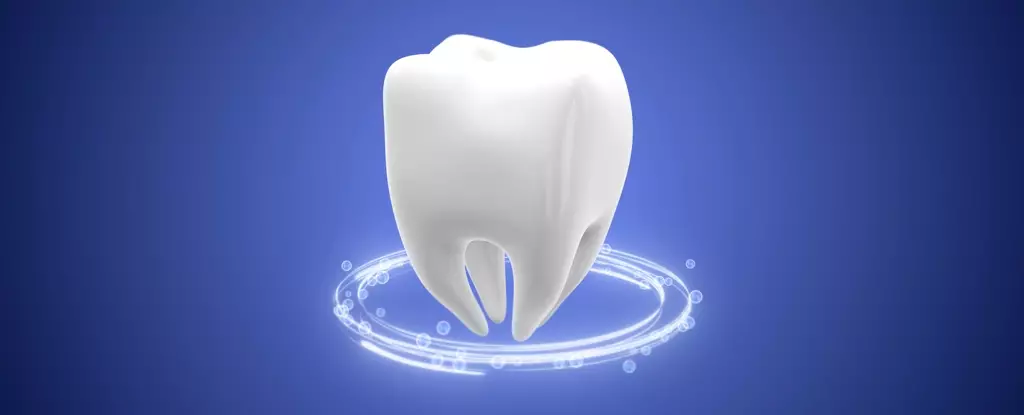When we consider the concept of growing teeth in a laboratory, the imagery often leans heavy on the grotesque: visions of mad scientists tapping away at petri dishes, conjuring up human-like features in some eerie recreation. Yet, beneath this skin-crawling surface lies a groundbreaking development that could change the face of dentistry forever. Researchers from King’s College London (KCL) and Imperial College London (ICL) are inching closer to making all of our childhood nightmares a reality, but in a positive, life-altering way. Their efforts bring forth a new hydrogel material that significantly enhances cell communication, a milestone that could catalyze the ability to regenerate lost or damaged teeth just like nature intended.
The Mechanics of Regeneration
At the core of this exciting research is the realization that our bodies possess innate capabilities for self-repair. The hydrogel engineered by the intelligent minds at KCL and ICL acts as a vital scaffold, facilitating the communication between dental epithelial and mesenchymal cells derived from mouse embryos. How remarkable is it that in our quest to emulate nature, scientists have figured out how to stimulate our own biological processes to regenerate teeth in a manner reminiscent of how skin heals? Regardless of the grim associations sometimes linked to this line of study, the potential benefits are indisputable. Imagine walking into a dentist’s office and leaving with a new set of healthy, robust teeth that bonded seamlessly with your jaw—no fillings, no implants, no invasive surgeries.
Revolutionizing Tooth Repair
Xuechen Zhang, a PhD candidate specializing in regenerative dentistry at KCL, articulately states that “lab-grown teeth would naturally regenerate.” What does that even mean for the average patient? In practical terms, this means we might finally have a solution that transcends the limitations of traditional dental care rooted in temporary fixes. Fillings and implants often harbor their own issues—risk of rejection, a wear-and-tear cycle, and dependency on rigorous maintenance. The hydrogel takes a holistic approach, mimicking bodily functions to encourage natural growth and repair in a way that is, as Zhang puts it, “stronger, longer lasting, and free from rejection risks.”
Yet, this is not merely about advancing dental science for its own sake; it’s about improving overall health. Studies increasingly indicate that oral health and systemic health are deeply connected. With the emergence of innovative methods like this hydrogel, we can envision a future where dental issues are resolved not with chemical concoctions, but with intrinsic biological capabilities that promote healing.
Overcoming the Challenges Ahead
While the research is promising, we cannot ignore the roadblocks that lay ahead. Replicating this promising lab environment in the chaotic reality of a human mouth poses a significant challenge. The dream might be for teeth to heal themselves as easily as our skin does; however, implementing such sophisticated biological processes within a vastly different ecosystem—our mouths—is a complex undertaking. Different strategies are being evaluated, from cell transplants to the idea of implanting fully grown lab-created teeth directly.
Moreover, research surrounding conditions like anodontia, where teeth fail to develop altogether, is also ramping up. An anticipated treatment inspired by antibody therapy could pave the critical pathways we need before the decade closes—a striking development in the fight for comprehensive oral health.
A Glimpse into the Future
Our overarching embrace of technological advancements has hidden dangers, yet the potential for integrating these bioengineering feats into everyday dental care is mind-boggling. Experts like Ana Angelova Volponi from KCL underscore the transformative nature of these innovations, suggesting that as we delve deeper into the integration of regenerative techniques, we are on the cusp of a dental revolution. This is not about simply repairing damaged smiles; the future of dental care could beckon a model where oral health is a pillar upon which we can not only build healthier lives but also enjoy more fulfilling experiences.
Let us open our hearts to the thrilling possibilities that lie ahead in the world of regenerative dentistry. A future where tooth decay could become a relic of the past is not merely a dream; it’s an impending reality built on the shoulders of tireless researchers eager to bridge the gap between horror and healing.

Leave a Reply